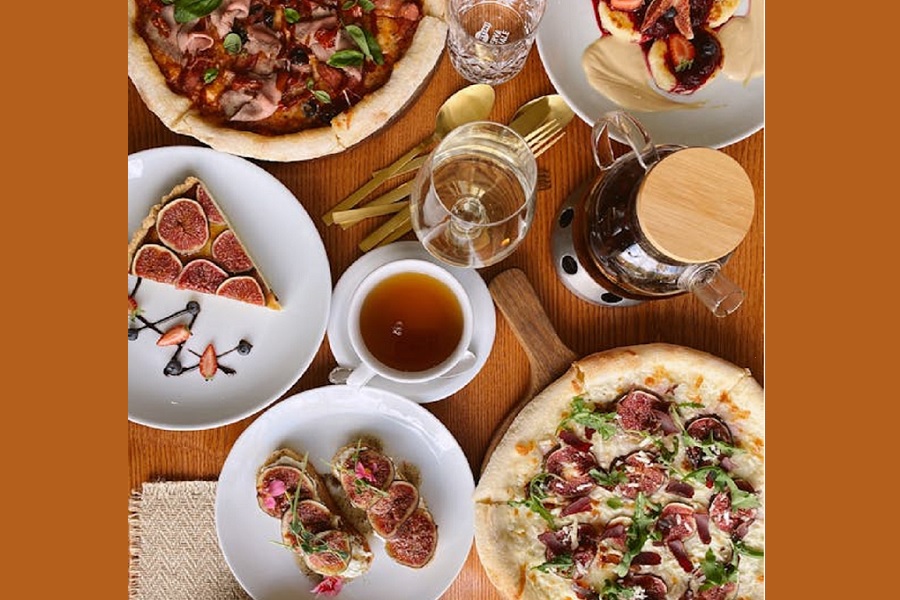Food and Beverage Tourism: Tasting the World, One Bite at a Time

In a world brimming with flavors, food and beverage tourism has emerged as one of the most exciting ways to explore a destination. From street food stalls in Bangkok to wine trails in Tuscany, this form of travel invites people to discover cultures, traditions, and stories—through their taste buds.
What is Food and Beverage Tourism?
Food and beverage tourism, also known as culinary tourism, is travel that centers around experiencing the local cuisine, beverages, and culinary heritage of a region. It includes not just dining at restaurants, but also exploring food markets, participating in cooking classes, visiting vineyards or breweries, and attending food festivals.
It’s not just about eating—it’s about connecting with local culture through food.
Why Culinary Travel Is So Popular
Cultural Immersion – Food is a gateway to understanding traditions and local lifestyles.
Memorable Experiences – Unique flavors and stories make trips unforgettable.
Support for Local Economies – Dining at local restaurants and buying regional products help small businesses.
Instagram-Worthy Moments – Foodies love to share beautifully plated dishes and exotic bites on social media.
Educational Value – Learn about ingredients, cooking techniques, and sustainability in different regions.
Top Destinations for Food and Beverage Tourism
Italy – Pasta in Rome, gelato in Florence, and wine in Tuscany—classic culinary heaven.
Japan – Sushi, ramen, sake, and tea ceremonies blend tradition and taste.
India – A feast of spices and regional diversity, from chaats in Delhi to seafood in Kerala.
France – Croissants, cheese, Michelin-starred restaurants, and champagne tours.
Thailand – Street food galore—pad Thai, mango sticky rice, and tom yum soup.
Mexico – Tacos, mole, mezcal, and lively food markets in Oaxaca and Mexico City.
Types of Food & Beverage Tourism Activities
Food tasting tours and street food walks
Wine and brewery tours
Cooking classes with local chefs
Farm-to-table experiences
Visits to spice plantations or tea estates
Food festivals and culinary events
Benefits of Culinary Tourism
Deeper Cultural Insight – Understand a destination through its food customs and agricultural roots.
Stronger Social Bonds – Food brings people together—locals and travelers alike.
Sustainable Travel – Focus on local ingredients and traditions encourages eco-friendly tourism.
Economic Impact – Boosts income for farmers, artisans, and family-run restaurants.
Tips for Culinary Travelers
Be Adventurous – Don’t shy away from trying something new or unusual.
Respect Local Etiquette – Understand food customs and dining rules.
Support Local Businesses – Choose small eateries, farmers’ markets, and home-grown experiences.
Join Guided Food Tours – They offer expert insights and safe food options.
Document Your Journey – But remember to savor the moment beyond the lens.























